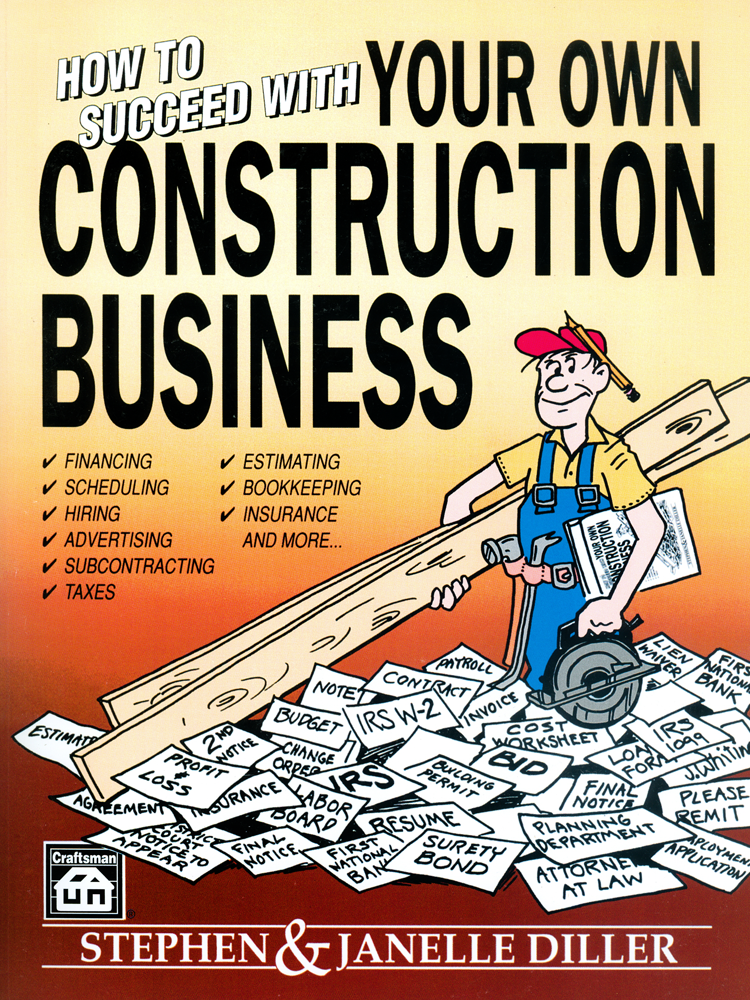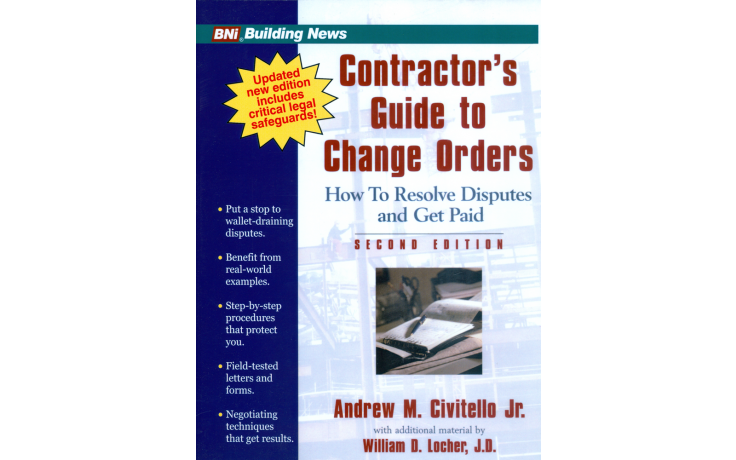How to Figure Your Correct Selling Price
We concluded the last article with a sample problem, as follows: You have taken on a job for which your total cost is $1,000. You wish to make 10 percent profit on the job. How much do you have to charge the customer in order to make your profit goal? Probably nine out of 10 roofing contractors are inclined to figure it at $1,100. Wrong.
What is roofing markup?
Roofing markup is a percentage added to your roofing job cost that determines how much profit you will make from the job. How do you determine the right amount to add to get the profit you want?
They derive that amount by figuring profit as a percentage of cost, and then adding it to come up with selling price. However, profit must be calculated as a percentage not of cost, but of the final selling price. So 10 percent profit on a job that costs out at $1,000 would require you to sell the job for $1,111.11. The math works out as follows:Job cost = 90 percent of final selling price.
90 percent of X is equal to $1,000.
To find X, the selling price, you need to divide, not multiply, $1,000 by 90 percent. $1,000/.90 = $1,111.11. (If you don’t feel like going through the math for every job you sell, you could use a markup multiplication table like the one that appears in the adjacent box.)

Unfortunately, in the real world the vast majority of roofing contractors bid their jobs using incorrect markups, although they think they know what they’re doing. For this sample job they’d bid $1,100, thinking they are making 10 percent profit. In reality, they are factoring in a net profit margin of only 9 percent and coming up short by more than $11 for every $1,000 in job cost.
This is one big reason why so many contractors can’t seem to make ends meet. As noted in previous articles, first they fail to sufficiently account for overhead, especially allowing a salary draw for themselves and a spouse who might be working in the business. Then mistake gets compounded when they fail to convert overhead to a dollar-per-labor hour charge to apply to their job price. Finally, they miscalculate their intended profit margin. Then when the job’s over, they scratch their heads wondering how come they failed to make the money that seemed to be there when they put together the bid.
Contracting’s Biggest Problem
What all this adds up to is perhaps the biggest headache in the roofing world, as well as most other construction trades. That is, most of the jobs quoted by contractors are woefully underpriced.Economics professors would argue that the marketplace dictates the price, not the work providers. I would retort that the marketplace would accept higher prices if they were established as the going rate by contractors whose bids were based on a better understanding of job costs and basic business math. Instead, the market is driven by low bidders operating under false assumptions. It’s a great deal for buyers, but a gigantic pain in the anatomy for contractors trying to earn a decent living doing high-quality work without cutting corners.
The end result is depressed compensation both for owners and employees, and a continuing degradation of the trades. Everyone complains about not being able to find good help. Yet, PAS Inc., a company in Ann Arbor, Mich., that tracks nonunion trade wages, pegged last year’s hourly wages for nonunion roofers at an average $14.93. This translates to annual incomes of around $30,000, for work that is dirty, grueling and unglamorous. It’s simply hard to convince talented, hard working people to enter the trades when they can make just as much money tending bar, waiting tables or delivering packages for UPS or one of the other overnight firms that also offer terrific benefits.
I know, you can’t afford to pay any more. Not at the prevailing prices for which contractors sell their labor, you can’t.
What can you do about it? You have two clear-cut choices. If you’re satisfied with your lot in life, including the compensation it brings you and your employees, then continue doing business as usual. But if you believe you work too hard for too little, then it’s time to change things.
The Marketing Imperative
It would be futile to suggest you must charge more and simply leave it at that. If you do nothing more than raise your prices, you’ll likely price yourself out of many jobs and have trouble surviving as an independent business entity.For some of you, this wouldn’t be as bad as it sounds. Contractors everywhere are crying for skilled labor and supervisors, and many of you could make more money, put in fewer hours and endure fewer headaches working for someone else than you do trying to make it on your own. Not every craft worker is cut out to be an entrepreneur.
For those of you determined to succeed in business, however, you have to try something different. You have to start marketing yourself on the basis of value rather than price. Stop going after the cutthroat competitive bid jobs. Find a niche with owners and GCs who are tired of shoddy work and willing to pay more for better quality.
Do something, but get off the merry-go-round in which most roofing contractors think they can lose money on every job, but somehow make it up in volume.
Looking for a reprint of this article?
From high-res PDFs to custom plaques, order your copy today!






